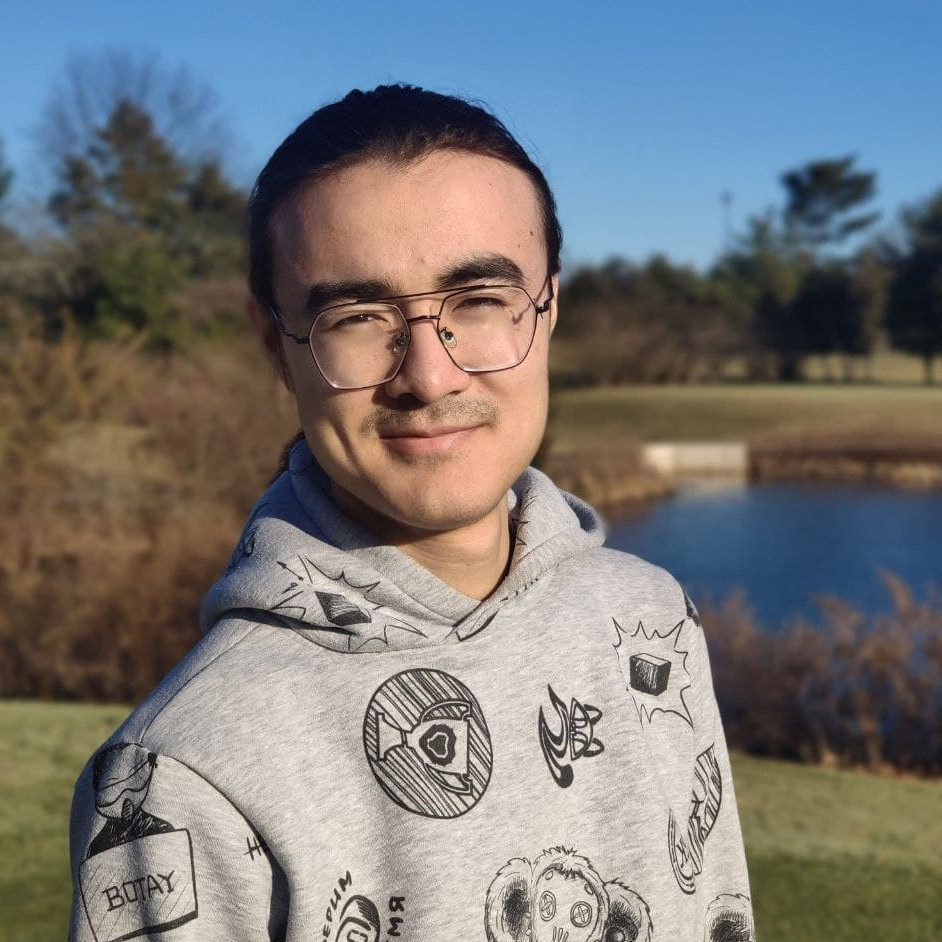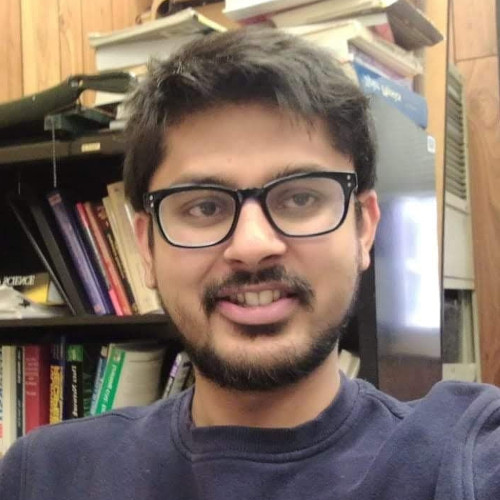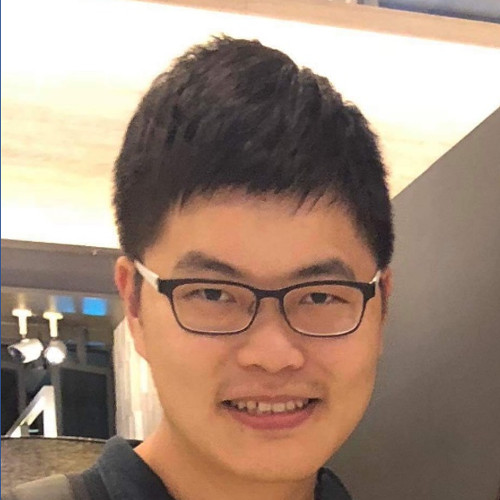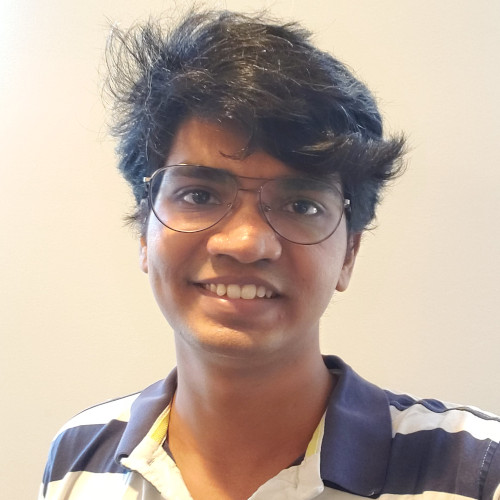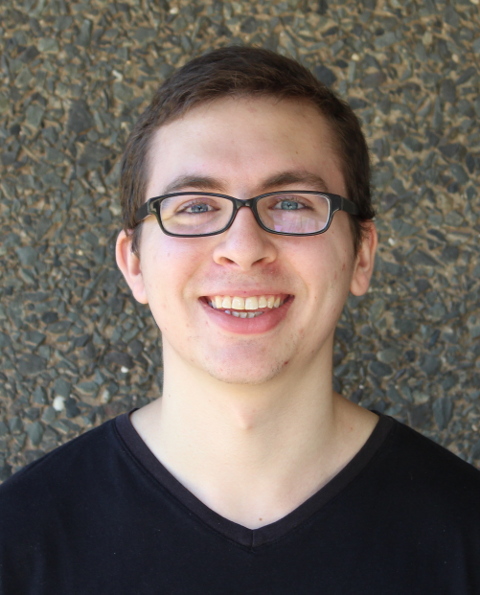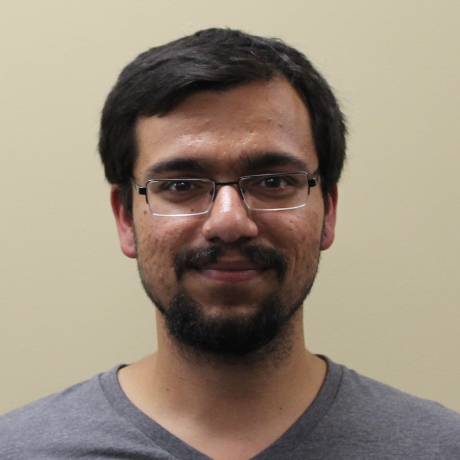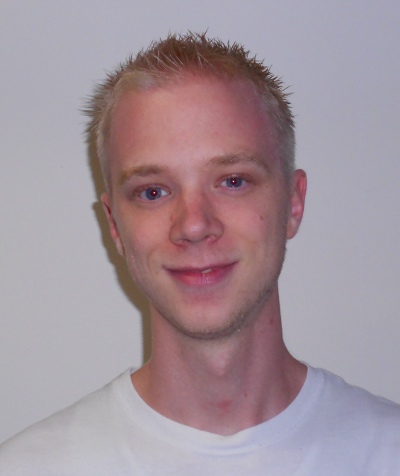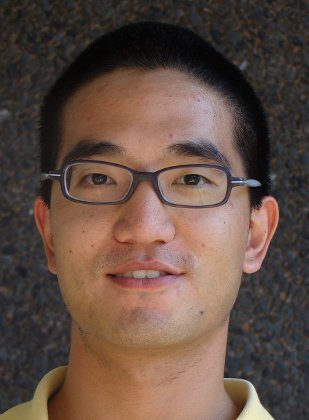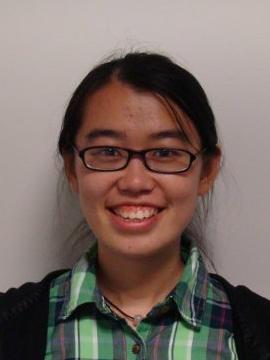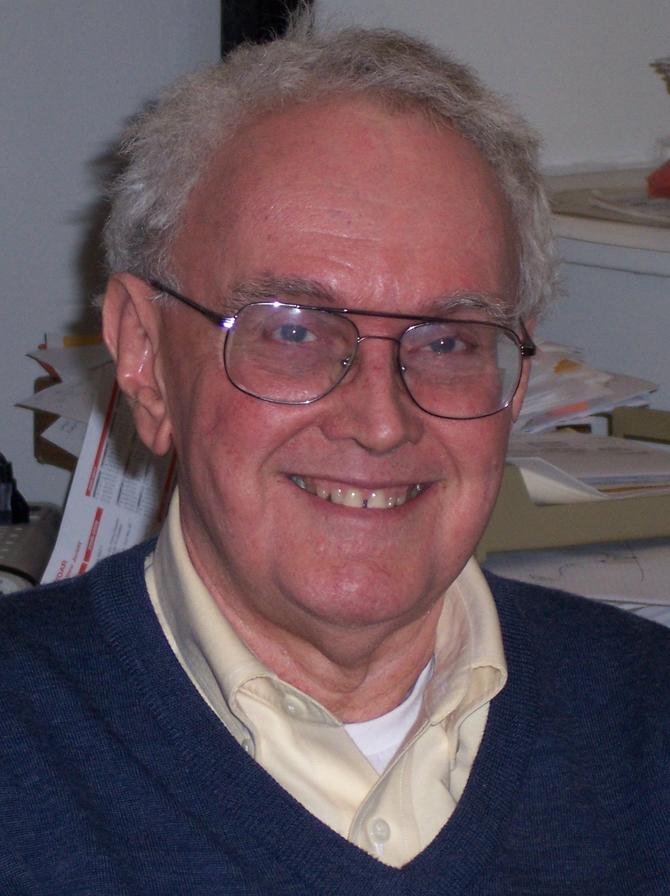
The Langreth Award is presented annually to an especially promising early-stage graduate student in condensed matter or related fields, typically in the second year of graduate study. The award provides travel and living expenses for use in attending a scientific summer school or tutorial workshop. The award was established in memory of David C. Langreth, who was a professor in the department from 1967 to 2011. The prizewinner is announced at the annual Departmental Awards Banquet in April.
David Langreth was born in 1937. He received his B.S. from Yale in 1959 and his Ph.D. from the University of Illinois in 1964. He was a research associate at the University of Chicago, and later at Cornell, before beginning a faculty position in Physics at Rutgers in 1967. He remained at Rutgers for the rest of his career but made many scientific visits to institutions such as the Niels Bohr Institute, UC Santa Barbara, and Chalmers University, where he developed strong collaborative relationships. He was elected a Fellow of the APS in 1981, was the recipient of the Rutgers Board of Trustees Prize for Excellence in Research 1999, and received an honorary doctoral degree from Chalmers University of Technology in 2004.
Langreth made many pioneering contributions to density functional theory (DFT), first proposed by Hohenberg, Kohn, and Sham in the sixties and now widely adopted as part of the "standard model" of electronic-structure theory. In the mid-70's Langreth and Perdew derived a formally exact "adiabatic connection" expression for the exchange-correlation energy, identified the density of the XC hole around an electron, and derived the exchange-hole sum rules. He also constructed the random-phase approximation in the context of DFT, which has recently been implemented for molecules and solids, and carried out pioneering studies of surface energies in the DFT context.
Langreth and collaborators were at the forefront of the development of the generalized gradient approximation (GGA) to DFT. Earlier attempts to construct a perturbation expansion in the density gradient had proven unsuccessful. In 1980 Langreth and Perdew showed that the second-order gradient expansion violates a sum rule and that applying a reciprocal-space cutoff could restore the sum rule. Shortly thereafter, Langreth and Mehl used this idea to propose the first practical GGA, and further refinements by others over the next decade led to the modern GGA functionals in use today. The improved accuracy of the GGA was a critical factor leading to the growing acceptance of DFT methods in the chemistry community, as recognized via the award of the 1998 Nobel Prize in Chemistry to Walter Kohn and John Pople.
David also applied his deep knowledge of many-body theory to many other problems, including the Anderson impurity model, pseudopotentials for liquid metals, plasmarons, threshold behavior in X-ray spectra of metals, and non-equilibrium Green's functions. In later years he delighted in applying many-body techniques to new areas, especially surfaces. For example, he used slave boson methods to predict the charge-state distributions of ions scattering from surfaces.
In the last decade of his life, working in collaboration with his long-time friend and sailing companion Bengt Lundqvist and others, Langreth led the development of DFT methods capable of treating van der Waals interactions, making use of the same adiabatic-connection approach developed much earlier in his career. This extended the domain of DFT to many biological and soft-matter systems for the first time, and remains an extremely active area of research.
David Langreth remained fully active in research and scholarship until just a few weeks before he passed away on May 27, 2011.


